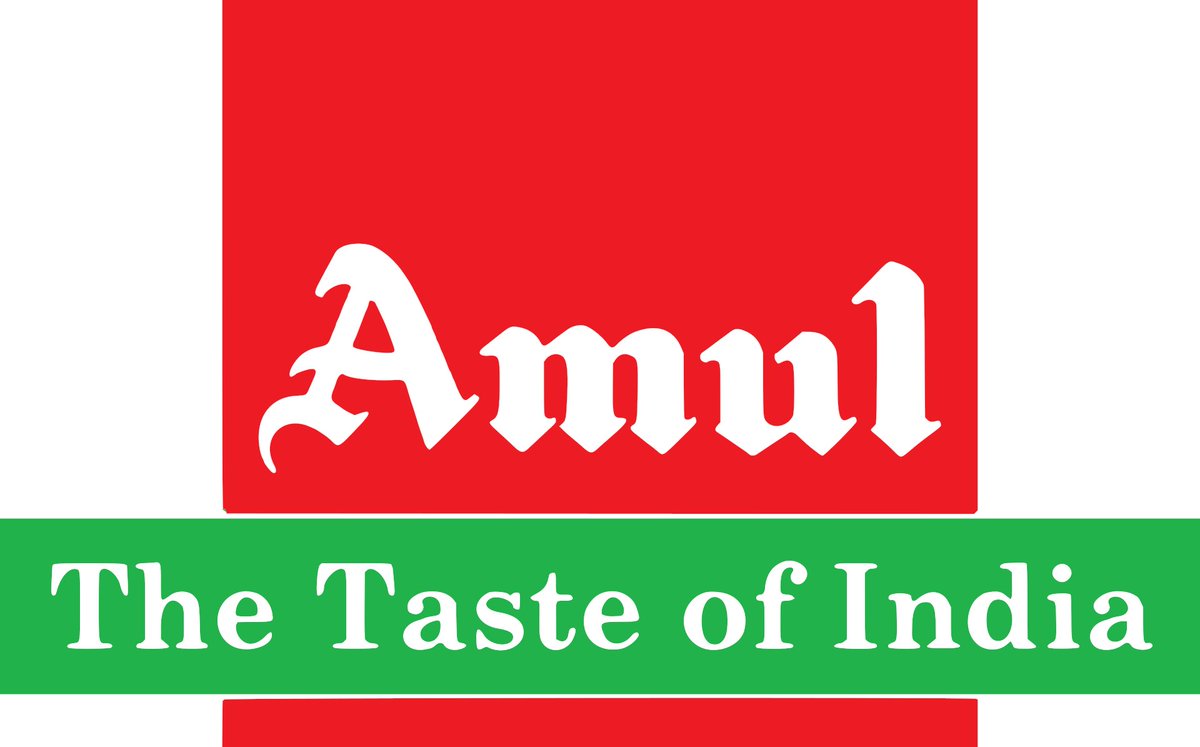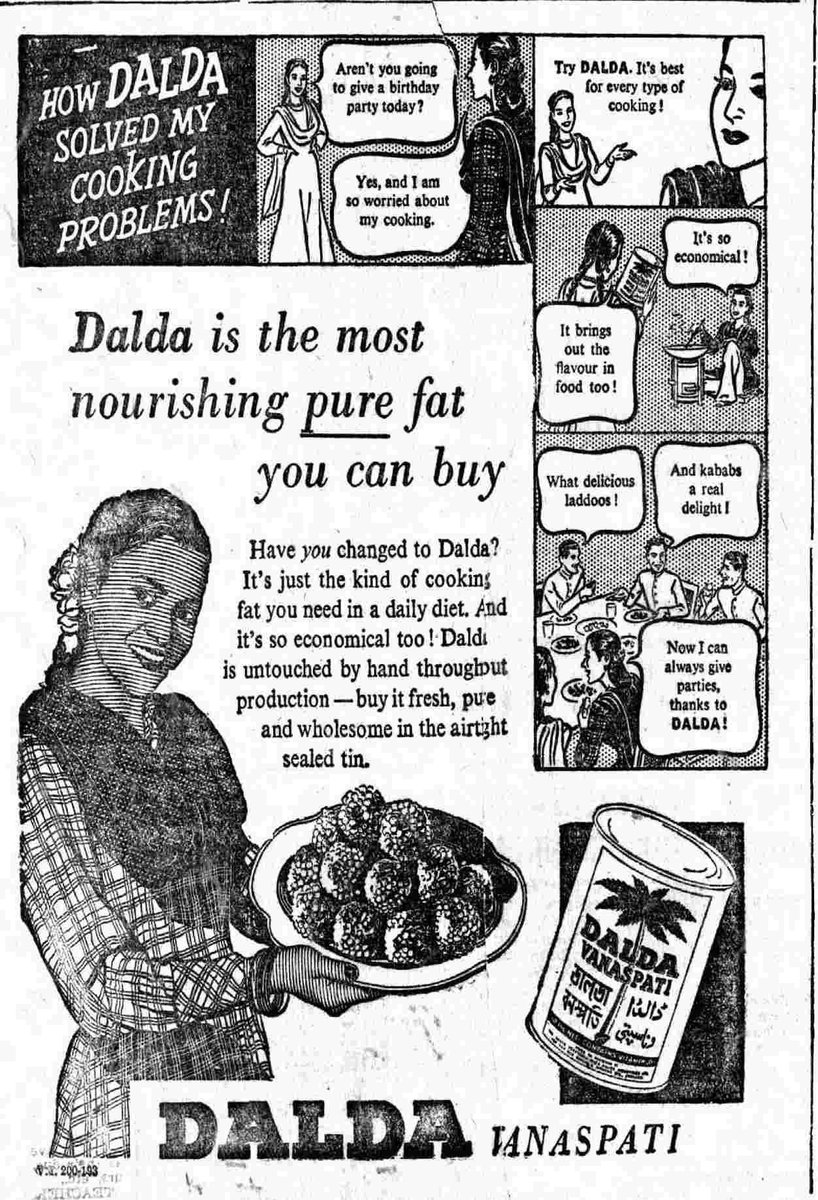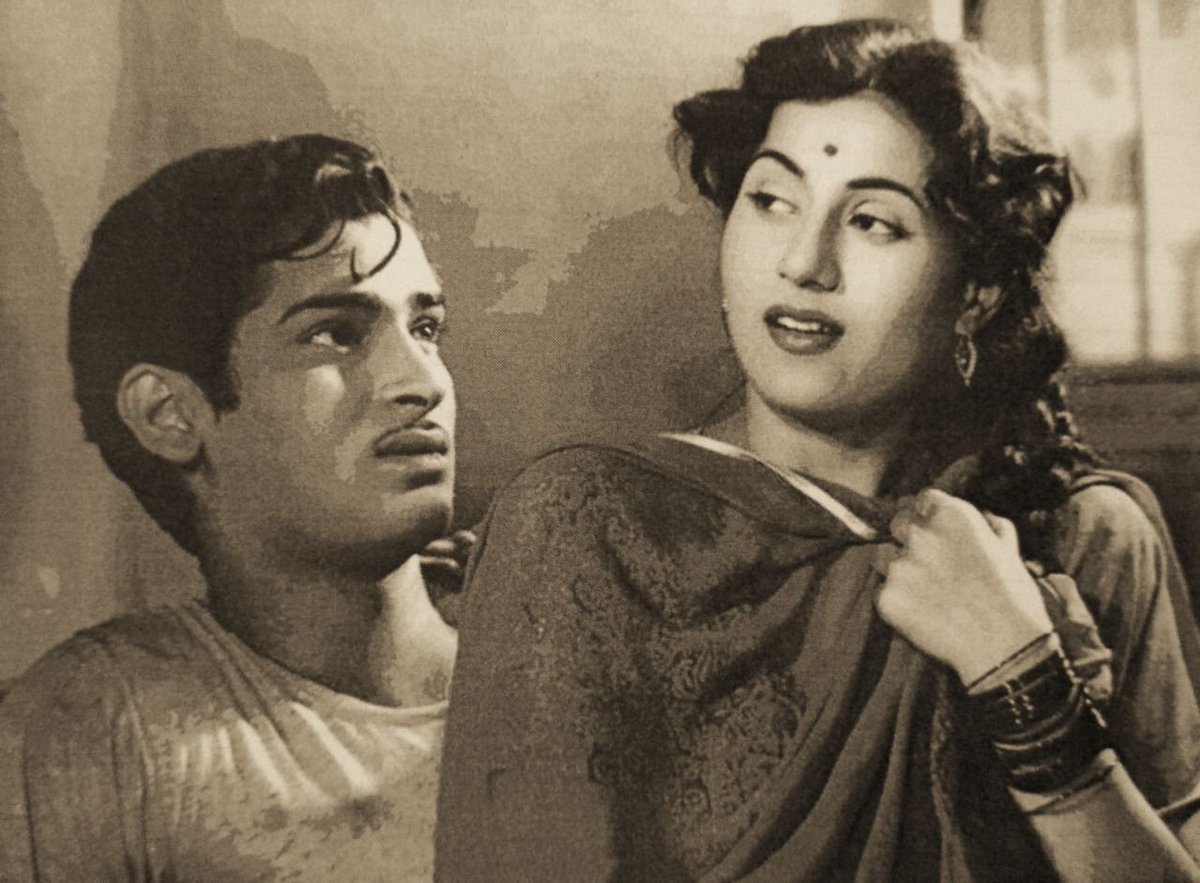
1/n. #DidYouKnow that Amul, India’s largest dairy company, is an acronym? AMUL – Anand Milk Union Ltd. Based in Anand in Gujarat, the cooperative eliminated middlemen and made Gujarat's dairy farmers joint owners in the milk business. It started a milk revolution. 

2/n. Amul was established by Verghese Kurien as a dairy cooperative in 1946. He also founded the Gujarat Cooperative Milk Marketing Federation, which managed the Amul brand. Incredibly, the federation is jointly owned by 36 lakh milk producers in Gujarat.
#WorldMilkDay
#WorldMilkDay

3/n. Amul led India’s White Revolution – or Operation Flood – in the 1970s. It transformed India from a milk deficient country to the world’s largest producer of milk and milk products.
4/n. #DidYouKnow that the Amul success story pivots on the vision and toil of three exceptional men – the Amul Trinity? They are Kurien, Tribhuvandas Kishibhai Patel and H M Dalaya. Amul is usually associated with Kurien, so who are the other two? 

5/n. Tribhuvandas Patel was a Gandhian and a freedom fighter who took up the cause of exploited dairy farmers in Gujarat. He set up the Kaira District Cooperative Milk Producers' Union in 1946 (it later became Amul). Along with Kurien, he was the driving force behind @Amul_Coop. 

6/n. Harichand Megha Dalaya was a dairy engineer who designed a machine that could convert surplus buffalo milk into powder via a process called ‘spray drying’. Until then, only cow’s milk could be spray dried; buffalo milk had a much higher fat content. 

7/n. Dalaya’s tech revolution meant that surplus buffalo milk was not wasted but converted into milk powder, which could also be transported to larger markets and to milk-deficient regions. It revolutionised India's dairy industry and paved the way for Amul’s massive success.
• • •
Missing some Tweet in this thread? You can try to
force a refresh




















